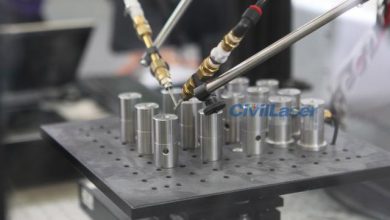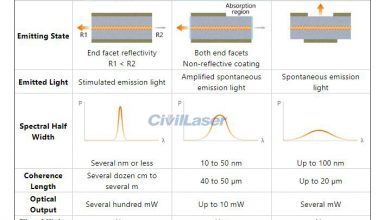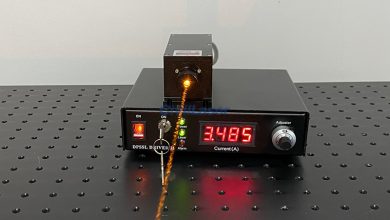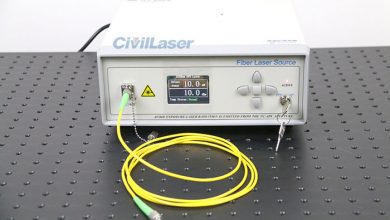Laser Technology
Application and development trend of transient laser holographic interferometry

1. Application fields of transient laser holographic interferometry technology and related instruments and equipment developed in recent years
Transient laser holographic interferometry covers emerging disciplines such as ultrashort pulse laser, holography, photoelectric image sensor, photosensitive material and computer image processing, enabling the recording, reproduction and interpretation of transient processes, such as displacement and rotation. Accurate measurement of physical quantities such as strain, bending moment, amplitude, temperature, pressure, mass density, electron density or stress, and the depiction of the relationship curve and the filming of the image, thereby achieving stress field, flow field, combustion field, shock wave, biological process Visible diagnosis of ultra-fast physical phenomena such as non-destructive testing.
A typical transient laser holographic interferometric measurement test equipment newly developed and developed in recent years [1]: (1) YSC1 type moving particle transient laser holography tester for testing the atomization characteristics of rocket engine nozzles; (2) SPQ_1 type quadrant picosecond ultraviolet laser holographic detector for laser thermonuclear fusion dense plasma electron density measurement; (3) Transient laser holographic interferometry measurement system including recording, reproduction and image processing; (4) A laser holographic grating precision test system for displacement detection of diaphragms commonly used in aviation, aerospace, petrochemical and other sectors.
2. Several examples of the application of laser holographic interferometry
(1) Laser interferometry of horizontally eccentric elliptical tube with natural convection exotherm The laser real-time holographic interferometry is a new non-contact and full-field measurement technique that is non-disturbing and easy to use. When changing the experimental conditions, it is convenient to continuously observe and record the real-time changes of the fluid, and has been widely used and studied in the fields of heat transfer and mass transfer, such as laser interferometry of horizontal convection elliptical tube natural convection exotherm.
(2) Laser holographic diagnosis of particle-to-particle interaction at the inlet section of the separator
The pulsed laser holography system has a good ability to diagnose the dynamic particle field. It can be used for the study of gas-solid two-phase flow, and the three-dimensional high-speed transient behavior of the particle in the flow field can be obtained, and it has a high time. And spatial resolution, it is possible to study the gas-solid two-phase flow intensively. In 1998, Shen Mingzhong and Li Xiangyang of Tsinghua University carried out laser holographic diagnosis of the gas-solid two-phase flow interaction between the inlet sections of the separator.
3 . Continuous improvement of laser holographic interferometry
(1) Since 2002, researchers represented by Professor Cai Yunliang of Nanjing University of Aeronautics and Astronautics have systematically studied various factors affecting measurement results in 3D displacement measurement, and proposed a set of analysis and solutions, and have begun to apply. In related fields. They also conducted a large number of studies on the measurement of displacement, deformation and stress analysis, and vibration analysis, both measuring the magnitude of displacement or deformation, and measuring the direction of displacement vector, which is currently in the near-application phase.
(2) Laser holographic interferometry When measuring the image of interference fringes, uneven background noise often occurs, and the image is sometimes blurred. In the past two years, with the development of computer digital image processing technology of laser holographic interference fringes, it has been able to greatly eliminate uneven background noise, enhance image contrast, and refine holographic interference fringes to obtain clear interference fringe patterns. The purpose of accurate quantitative measurement. The transient laser holographic interferometry technology has a time resolution of ns, ps, and fs, with a spectral range from near-infrared to ultraviolet. As the spatial resolution of photoelectric image sensors increases, the replacement of holographic dry plates with large aperture array CCD targets will soon become a reality. At present, the United States and Germany have developed laser holographic interferometric measuring devices from bacterial recording media. With advances in semiconductor laser technology, miniaturization of pulsed solid-state lasers has become possible. Smaller, portable transient laser holographic metrology test equipment will play a greater role in research, defense, and the national economy.



